Floating LNG vs. Traditional Land-Based LNG: A Comparative Analysis
Natural gas, as one of the cleanest fossil fuels, has garnered increasing attention in recent years as an alternative energy source. Two primary methods for liquefying and transporting natural gas are Floating LNG (FLNG) and Traditional Land-Based LNG. While both methods transform natural gas into a liquid state for easier storage and transportation, each has unique advantages, challenges, and market implications.
What is Floating LNG?
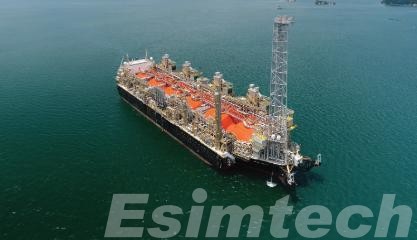
Floating LNG (FLNG) is an advanced technology that allows natural gas to be liquefied directly on a floating platform, typically stationed offshore near gas fields. This method eliminates the need for expensive onshore liquefaction plants, streamlining the entire process of extraction, liquefaction, storage, and export of LNG in a single, integrated system. FLNG is especially valuable for tapping into remote or challenging gas reserves that would be too costly or logistically difficult to develop using conventional onshore infrastructure.
Key aspects of Floating LNG include:
- Offshore Platform: FLNG units are large floating structures that operate offshore, positioned near underwater gas reserves. These platforms perform the entire liquefaction process at sea, rather than on land.
- Liquefaction Process: Natural gas is processed and cooled to -162°C (-260°F) to convert it into a liquid state. This reduction in volume makes LNG easier to store and transport.
- Storage and Export: Once liquefied, the LNG is stored on the floating unit before being transferred to LNG carriers for export, making it a flexible solution for transporting gas to international markets.
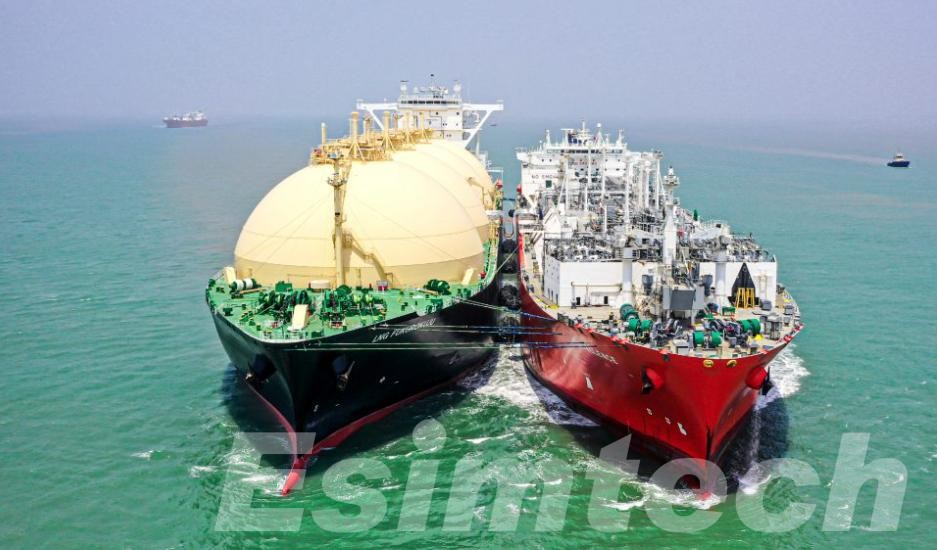
- Deployment Flexibility: FLNG units can be moved to different locations, making them ideal for remote or offshore gas fields that do not justify the construction of a traditional land-based LNG plant.
Floating LNG technology provides an innovative and cost-effective way to tap into offshore gas fields, offering flexibility and reducing the need for extensive onshore infrastructure.
What is Traditional Land-Based LNG?
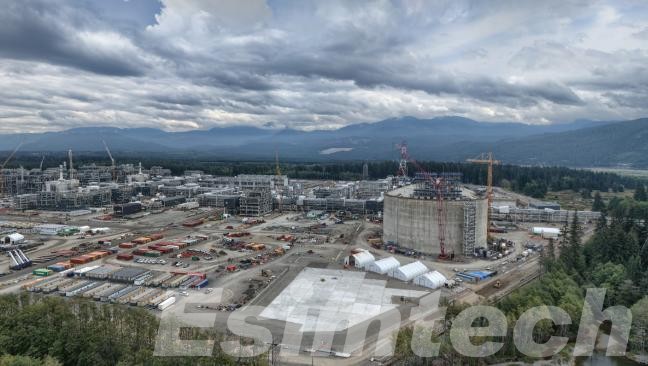
Traditional Land-Based LNG refers to the conventional method of liquefying natural gas onshore, typically in large-scale facilities located along coastlines. This method involves extracting natural gas from fields, transporting it to a liquefaction plant, and then cooling it to -162°C (-260°F) to turn it into liquid form for easier storage and transport. The process requires significant infrastructure and is typically used for large, established gas reserves near major transportation hubs.
The key components of Traditional Land-Based LNG include:
- Gas Extraction: Natural gas is sourced from onshore or offshore fields and transported to the liquefaction plant via pipelines or other methods.
- Liquefaction Process: At the onshore facility, the natural gas is cooled and compressed to convert it into a liquid form. This process reduces the gas volume, making it more efficient and cost-effective to store and transport.
- Large-Scale Infrastructure: Land-based LNG plants require extensive infrastructure, such as pipelines, compressors, and storage tanks, typically located near coastlines for easier access to shipping.
- Transportation: Once liquefied, the LNG is loaded onto large tankers for shipment to international markets.
- Economies of Scale: These facilities are designed for high-volume processing, making them ideal for large-scale, long-term production in regions with substantial gas reserves.
Land-based LNG is a well-established and reliable method, especially suitable for large gas reserves or projects that benefit from a fixed, centralized infrastructure.
Differences between Floating LNG and Traditional Land-Based LNG
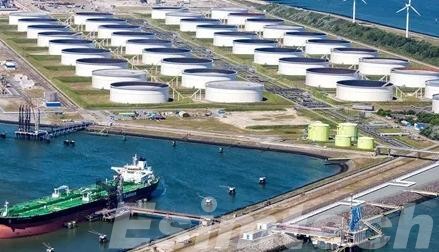
Here’s a simplified comparison between Floating LNG and Traditional Land-Based LNG in a table format:
| Factor | Floating LNG | Traditional Land-Based LNG |
| Location | Offshore, located directly above gas fields | Onshore, requires extensive pipelines and infrastructure |
| Mobility | Mobile and flexible, can be moved to different locations | Fixed, cannot be relocated once established |
| Capital and Operational Costs | High initial investment but potentially lower overall cost due to fewer onshore infrastructure needs | High capital investment for infrastructure, pipelines, and storage, but cost-effective for large-scale production |
| Flexibility & Scalability | Flexible, can scale incrementally and adapt to changing market conditions | Less flexible, large-scale and harder to scale up or relocate |
| Environmental Impact | Minimal land use impact, but faces marine environmental challenges | Potentially higher impact on land and nearby communities, with more stringent regulations |
| Suitability for Gas Fields | Ideal for smaller, remote, and offshore gas fields | Best for large, established onshore gas reserves with access to infrastructure |
| Regulatory Considerations | Faces offshore environmental regulations, but fewer land-use issues | Must comply with land-use regulations, zoning, and environmental assessments |
All in all, Floating LNG (FLNG) offers flexibility and lower long-term costs for accessing remote or smaller offshore gas fields, with minimal environmental impact on land. However, it comes with higher initial costs and regulatory challenges related to offshore operations. Traditional Land-Based LNG, on the other hand, is better suited for large-scale, established gas fields with significant infrastructure, providing stable production and lower operational costs in the long run.
The choice between FLNG and land-based LNG depends on factors like the location of gas reserves, project scale, and market needs.
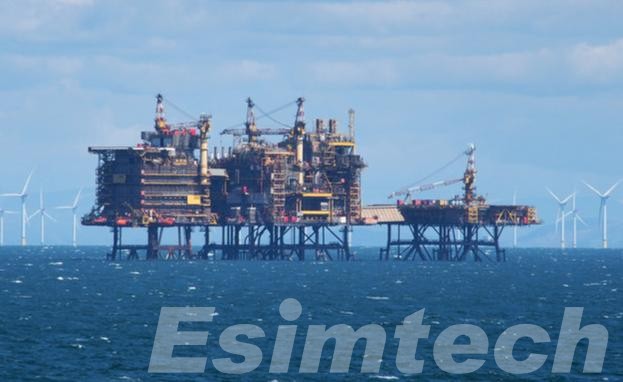
Market and Strategic Considerations of Floating LNG
The decision to invest in Floating LNG is influenced by several market dynamics and strategic factors. FLNG offers flexibility and scalability, making it a preferred choice in certain situations where traditional infrastructure may not be feasible. Below are key market and strategic considerations for FLNG:
- Access to Remote Gas Fields: FLNG is well-suited for developing offshore or remote gas reserves that are challenging or expensive to reach with onshore infrastructure. It offers a viable solution for smaller, isolated fields that wouldn’t justify the construction of a land-based LNG facility.
- Flexibility in Location: FLNG units are portable and can be relocated as needed, allowing operators to move to new fields or adjust assets based on market demand or geopolitical shifts. This mobility provides a strategic advantage in uncertain or volatile markets.
- Cost-Effective for Smaller Projects: FLNG offers a more affordable option for smaller gas fields, where building a large onshore liquefaction plant may not be economically feasible. The lower initial investment makes it an attractive choice for companies with limited capital.
- Faster Development Time: FLNG projects typically have a shorter development timeline compared to land-based plants, which require extensive infrastructure and regulatory approvals. This enables companies to bring gas reserves to market more swiftly and capitalize on favorable market conditions.
These strategic benefits position FLNG as a versatile and cost-effective solution for accessing and monetizing offshore natural gas.
Conclusion
Both Floating LNG and Traditional Land-Based LNG have unique advantages depending on factors like location, scale, and cost. FLNG offers flexibility and is ideal for accessing remote or smaller offshore fields, while land-based LNG is more suitable for large-scale, long-term projects. The choice between the two methods depends on specific needs. As technology advances, both FLNG and traditional LNG will continue to complement each other in meeting the world’s energy demands.
